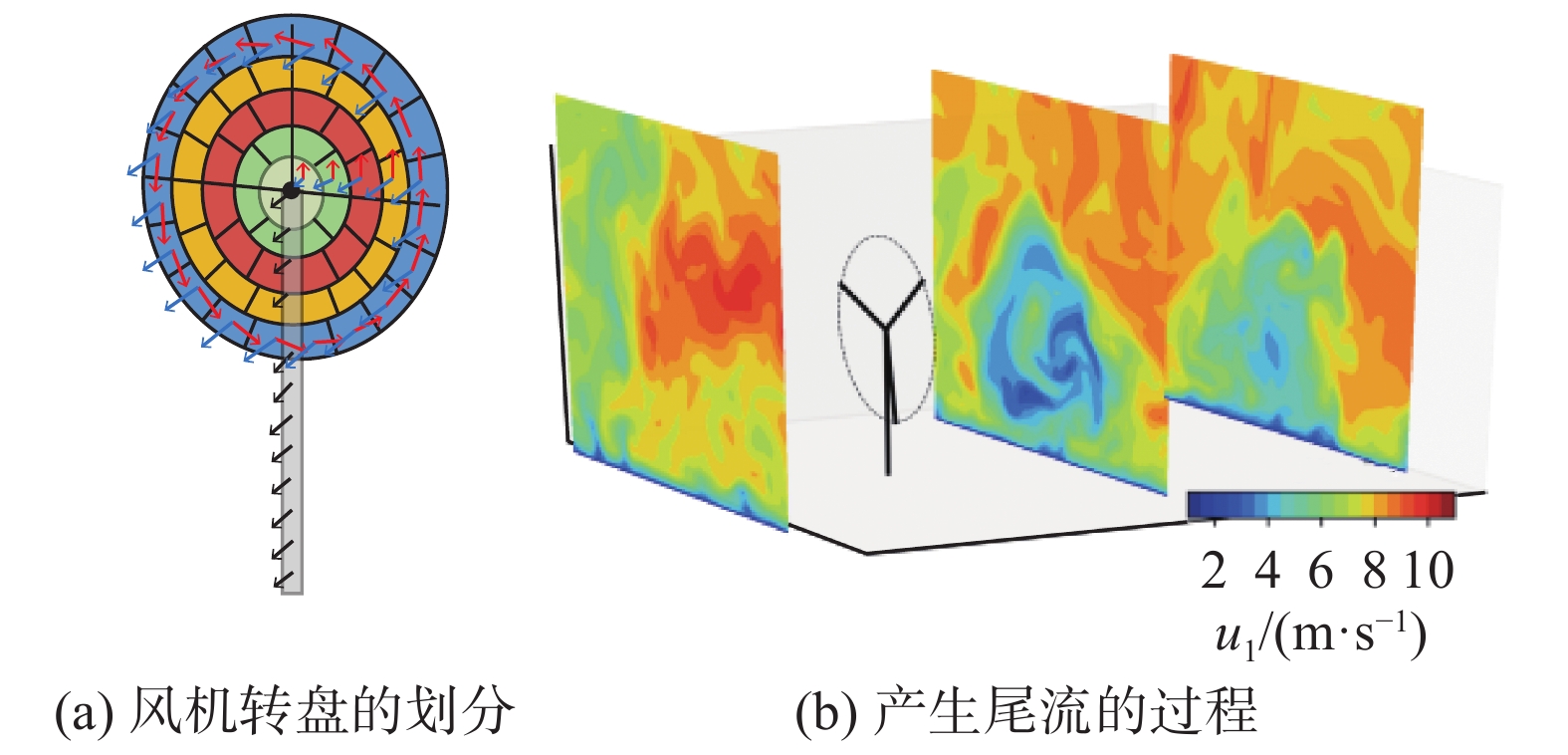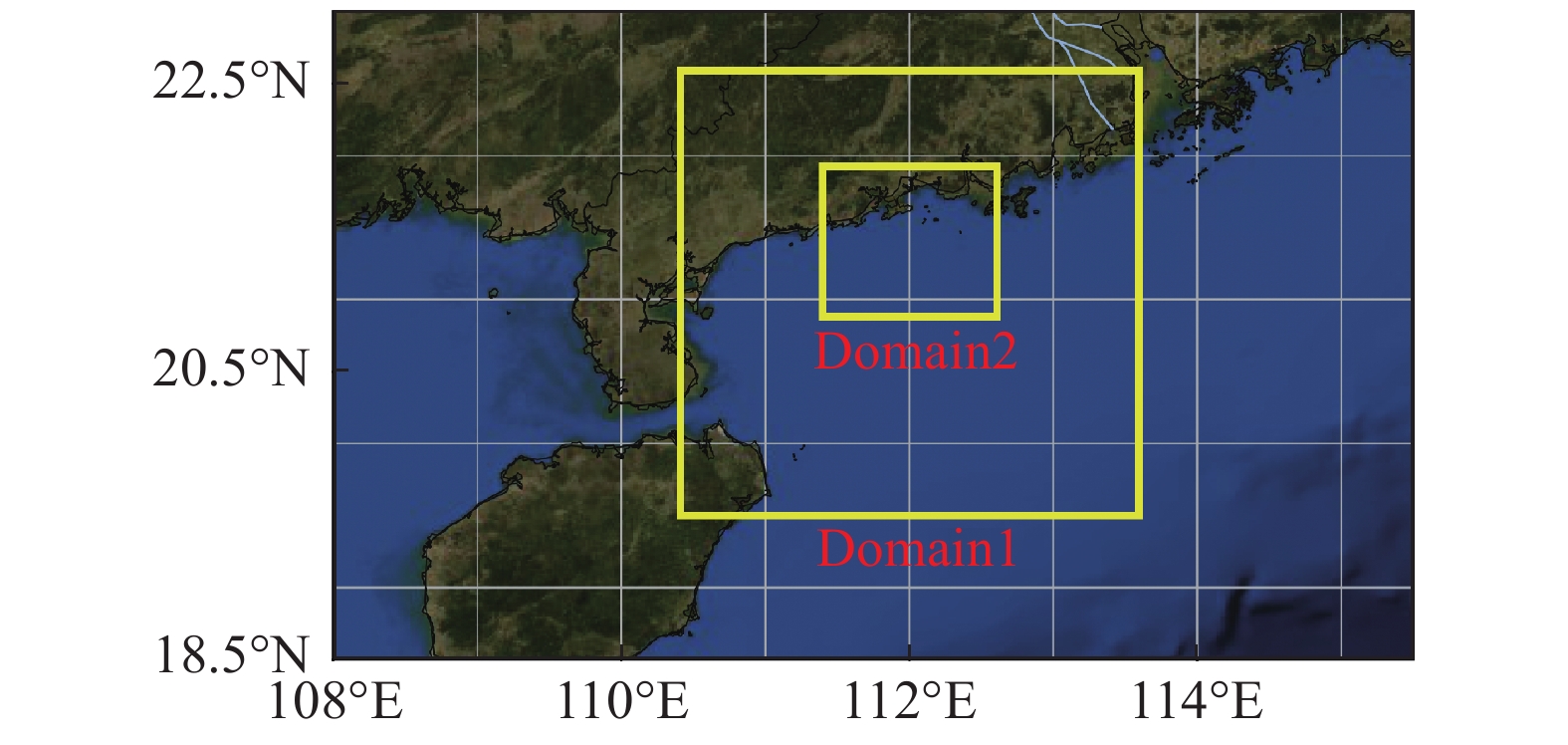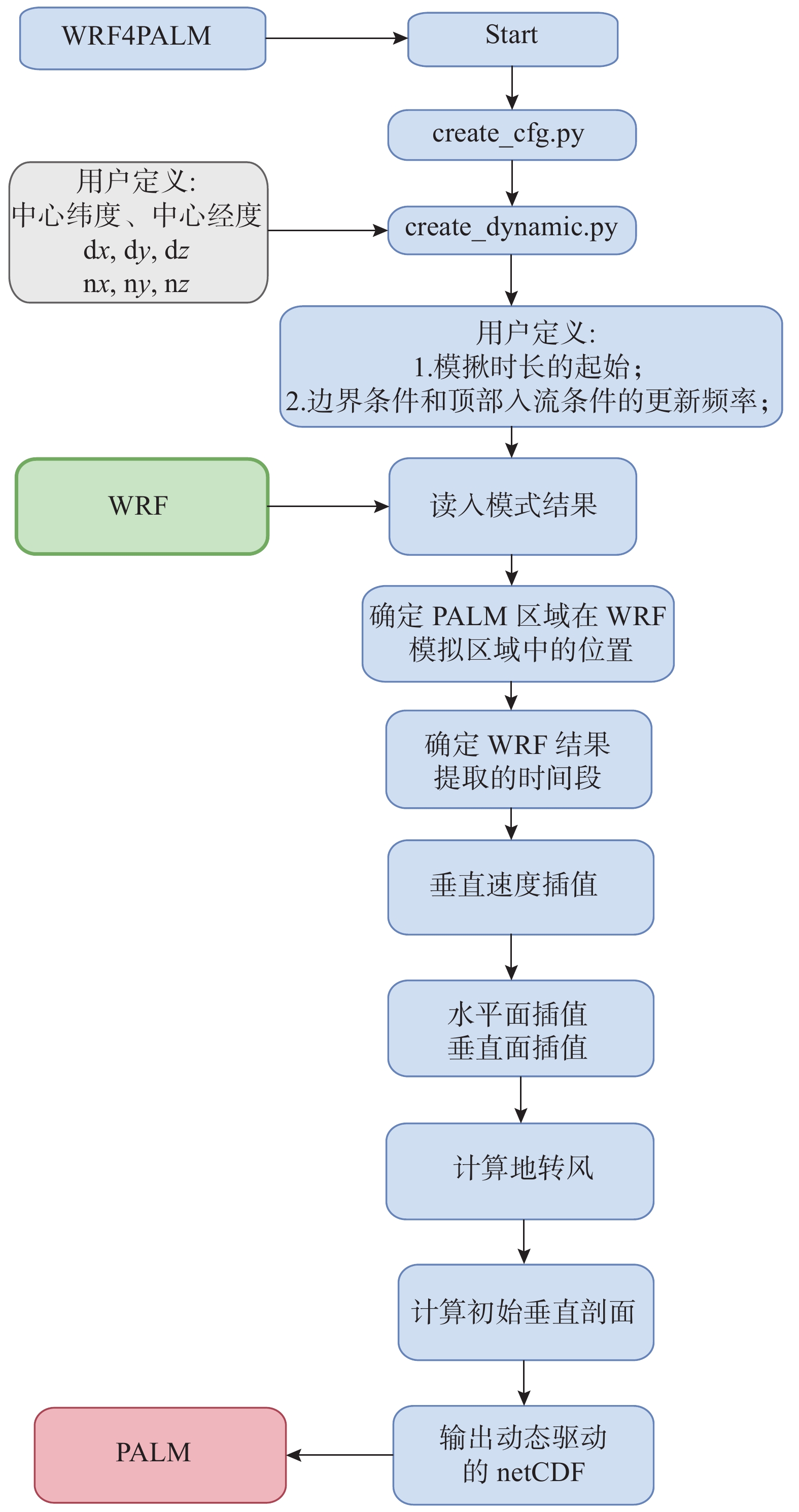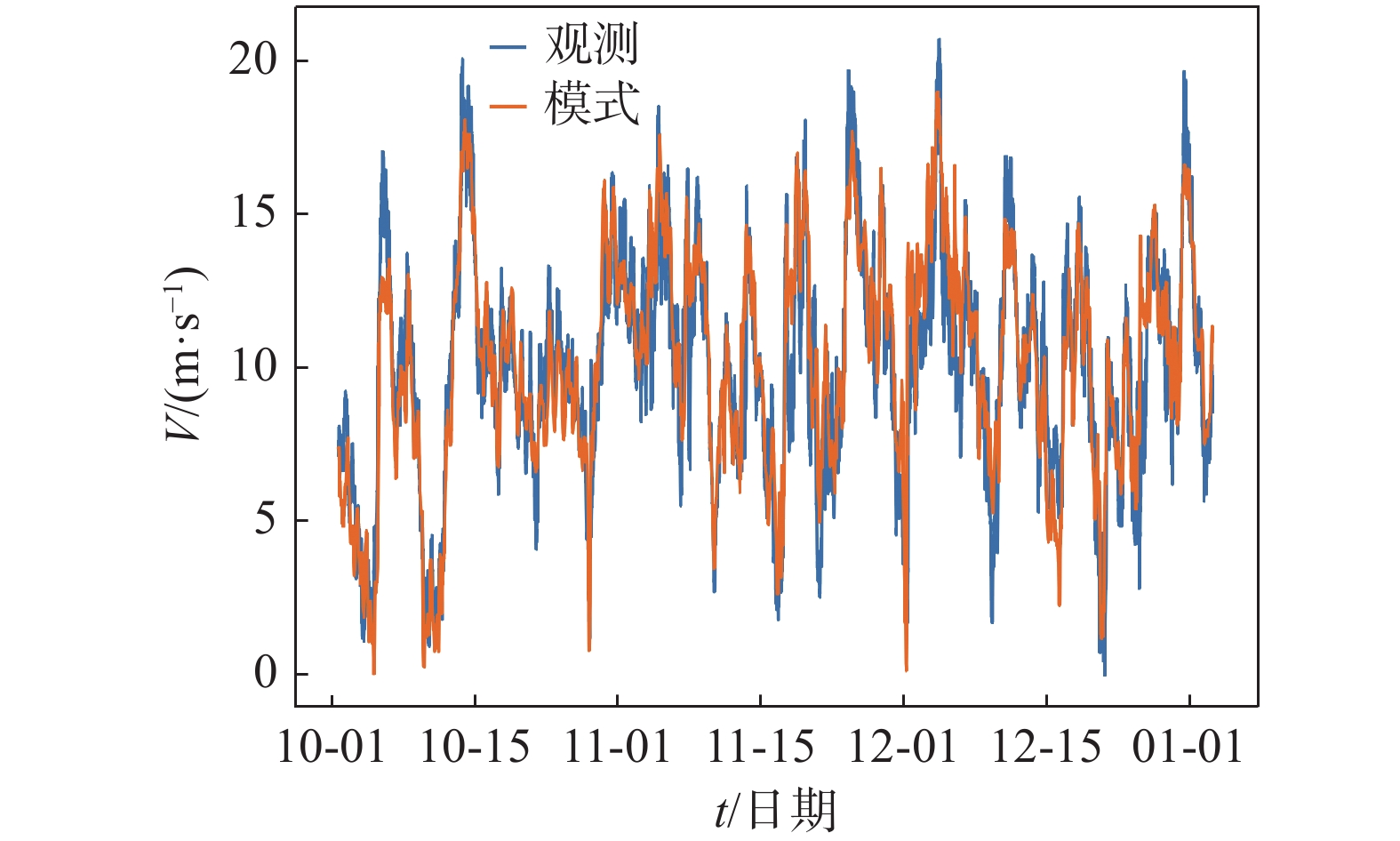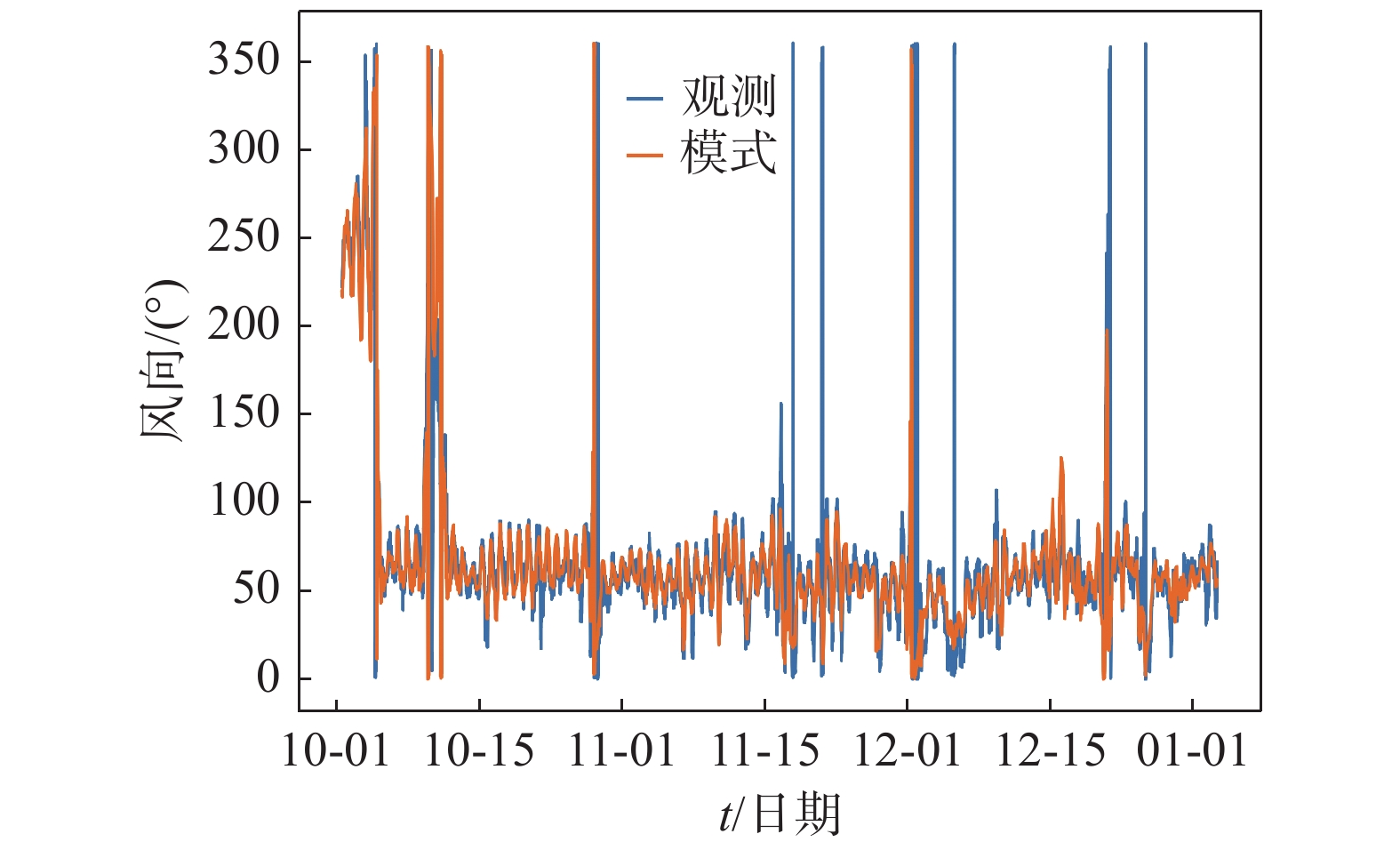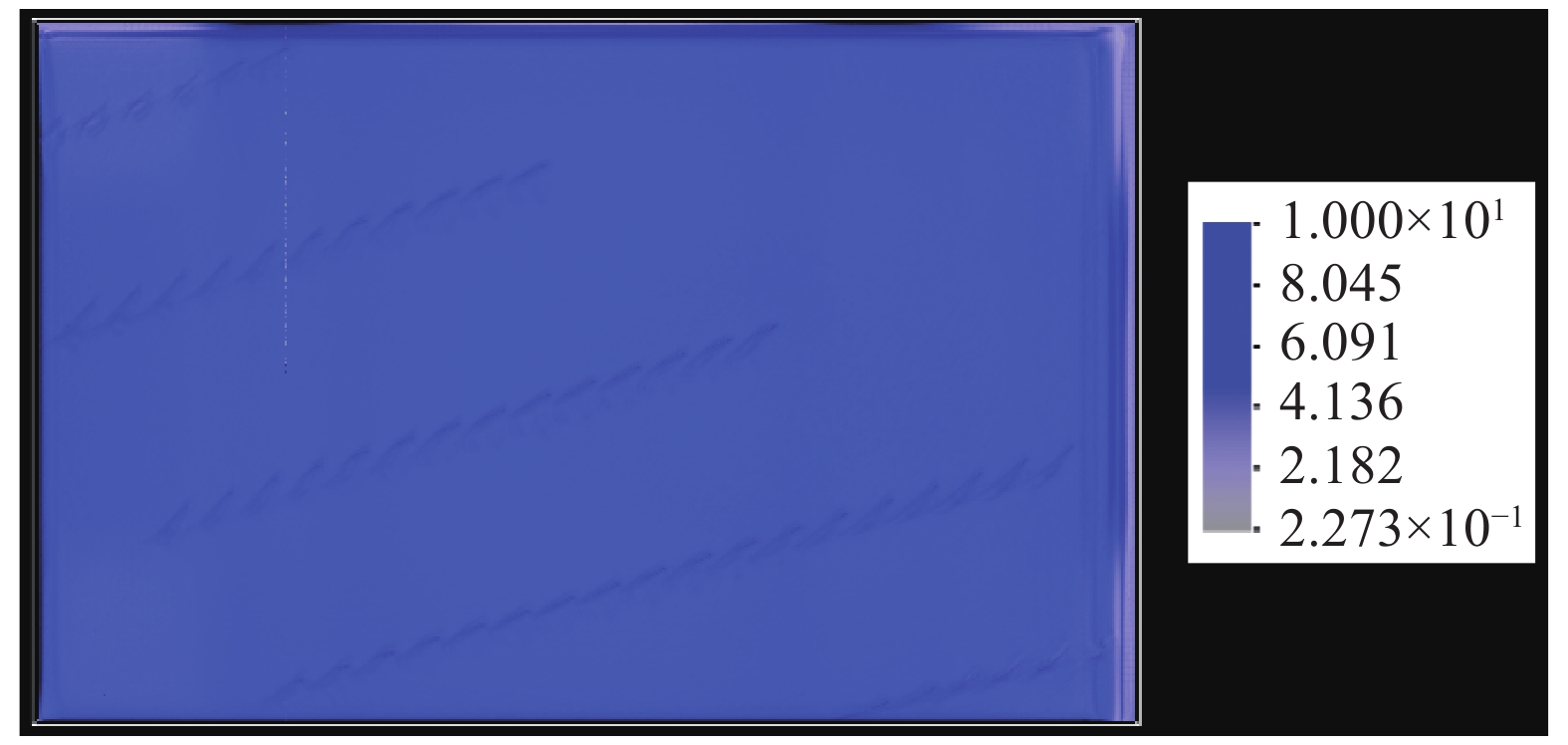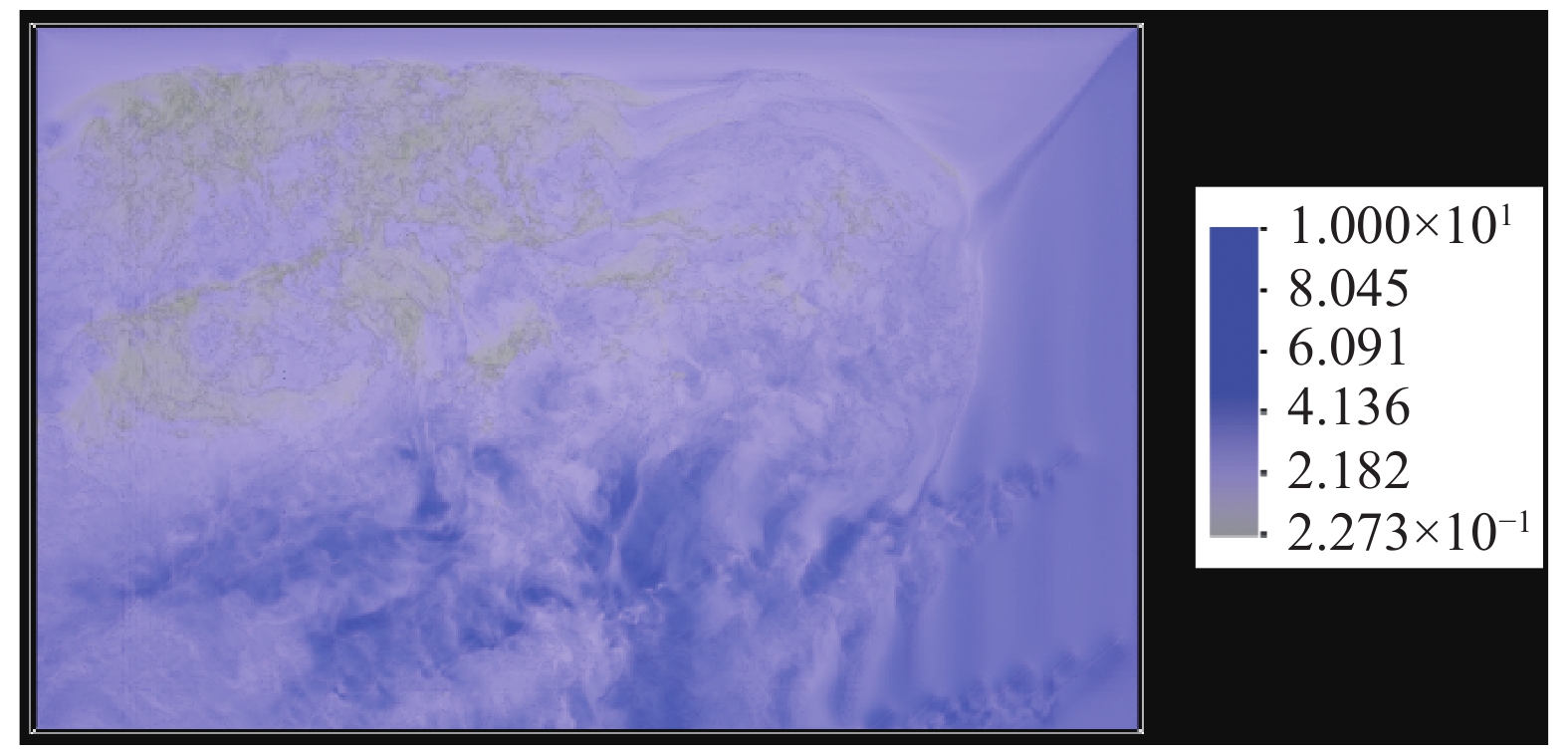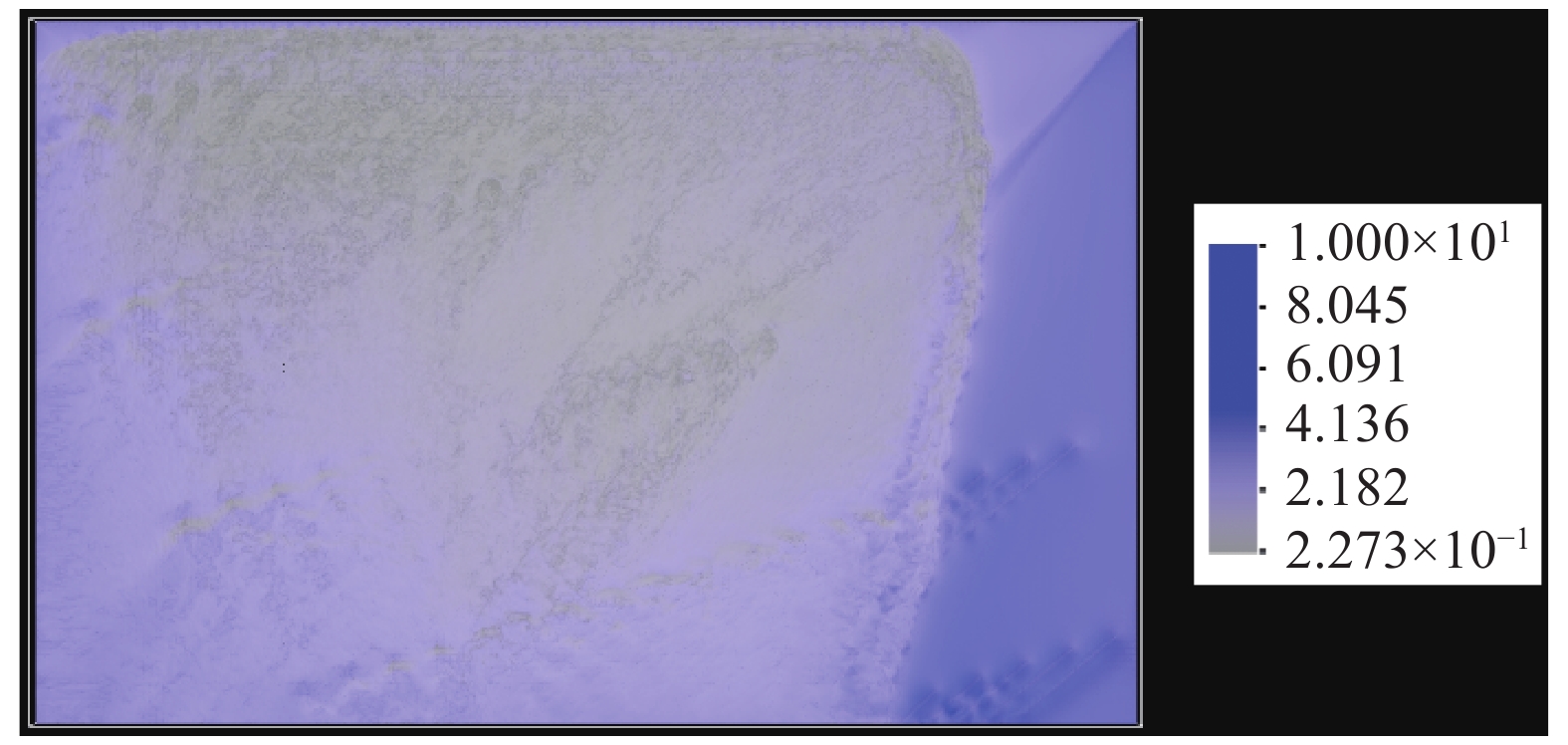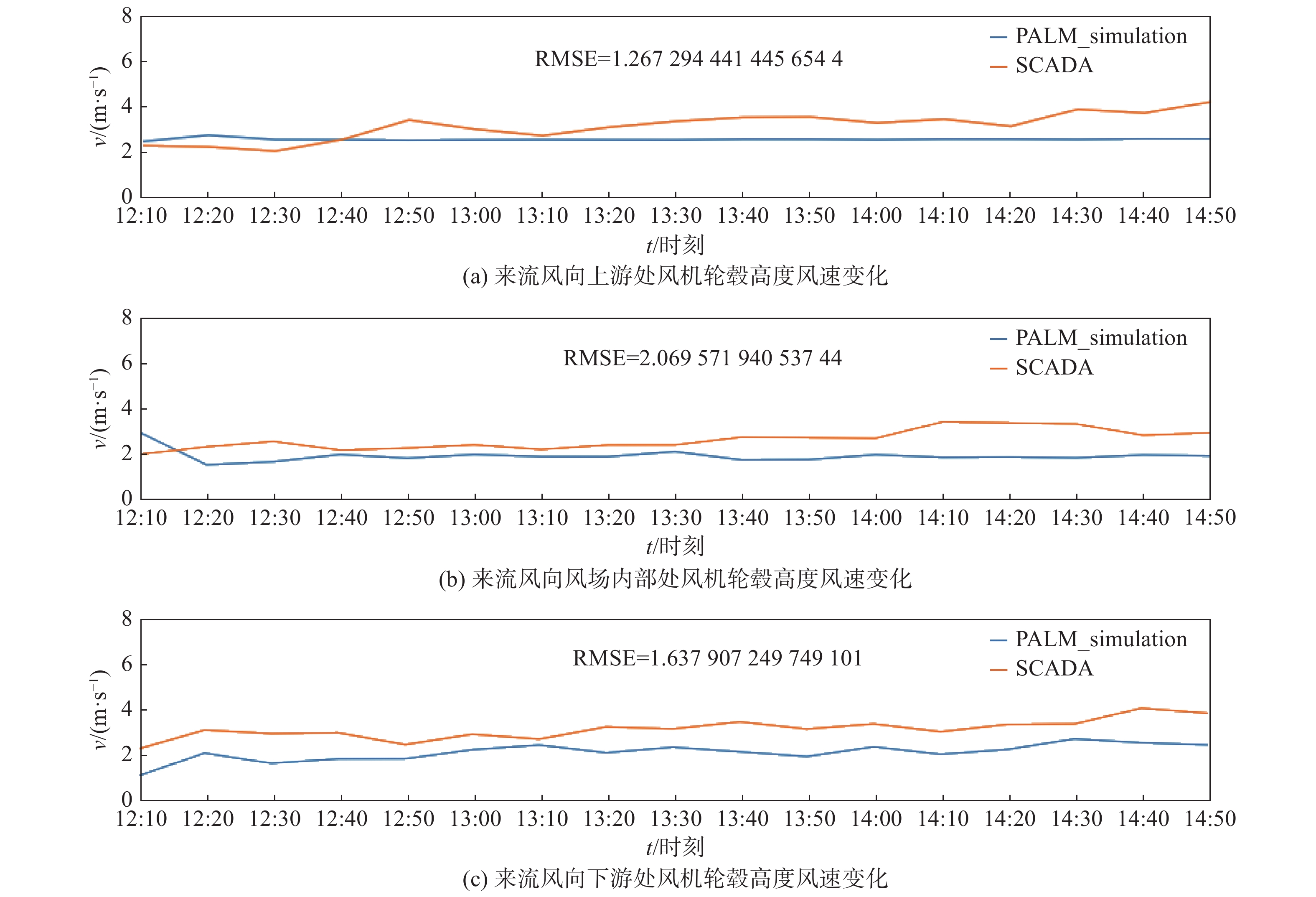-
为达到我国所提出的“双碳”目标(碳达峰、碳中和),目前我国的能源结构需进行根本性的改革。风力发电与传统的发电方式(水电发电和火力发电等)相比,是一种对环境友好的、可再生的发电形式。近些年来,风力发电技术日益完善,风场的数量和规模日益扩大,使得风力发电在能源结构中的占比日益增大。相较于陆上风电,海上风电具有风资源时空分布丰富、风能利用效率高和环境友好的优点。
随着风电平价上网政策在国内的实施,风电行业需要通过技术创新等手段,实现降本增效的目的。目标风电场区域内风能资源的准确评估是风电开发全周期计划内,实现其风电场项目投标书中预期的经济效益的重要前提[1]。美国国家再生能源研究室(National Renewable Energy Laboratory, NREL)发现,提高对在大气边界层影响下的风电场流场变化的理解是目前风能利用与开发领域中主要任务之一[2]。
目前行业中对于风能资源的评估,主要是基于风电场选址初期建设的测风塔所收集的测风数据和气象观测资料的统计结果[3]。风电场所处的大气边界层环境的变化具有高度非线性变化和混沌特征,且风场的变化周期复杂(昼夜变化、季节变化、年变化和年代际变化),因此,基于固定单独观测点位且观测时间较有限的测风塔观测记录和气象站点观测为代表的单点风速风向变化通常不能代表大范围的风速风向变化结果,并且,风场建成后在大气边界层内风电场运行产生的尾流影响也是必须考虑的问题[4]。吴迪等[5]结合海上风电场工程项目在实际施工与运行中的需求,开发了一套海上机位的自动优化算法,结果表明海上风场所处位置的风向变化是影响机位排布关键因素。随着海上风电产业的高效发展,利用高性能计算集群对风场区域的风场进行数值模拟是一种经济成本相对低廉,获取方式便利的手段。
中尺度数值天气模型在风电行业的应用,部分解决了在实际工程应用中对于风场位置的测风问题,如建设测风塔提前一段时间对目标空间进行风速风向等气象要素的测量,并且可以灵活地选取位置,为风电场项目投标与后续建设计划提供重要的决策建议[6-8]。房方等[9]提出基于中尺度数值天气模型的风电场间尾流扰动影响评估方法,并结合实测数据验证了其有效性。但限于数值天气模型本身性能的限制,由数值天气模型得到的模拟结果难免存在模式自身所产生的误差[10-12]。目前在风电领域应用最为广泛的中尺度数值天气模型,其时空分辨率通常为10 min,3~30 km,其模拟结果相对于风电场的时空尺度仍相对粗糙,所以单一使用中尺度数值模型并不能更好地刻画环境风场中的亚公里网格内的物理过程。
相较于中尺度数值天气模型,计算流体力学方法(Computational Fluid Dynamics, CFD)具有时空分辨率更高的特点,能够实现对复杂环境下三维风场结构的模拟,也是风电场内尾流变化的重要模拟手段,基于CFD模型建立的评估软件在风电领域内主要有Meteodyn WT和WindSim等[13],但计算流体力学方法高度依赖测风塔或其他外部数据来作为模型边界条件的输入,并且该方法与中尺度气象模型在相同模拟时间段内计算耗费更多的计算资源。
海上的环境风场具有多时空尺度变化的特点,因此,在项目投标阶段将风电场建设前和建设后的环境风场变化的情况都应该考虑完备,有利于该项目的投标以及建成后的运营需求[14]。基于上述需求的考虑,结合中尺度数值天气模型和计算流体力学的优点,对风电场时空尺度的环境风场进行物理过程完备的模拟,解决使用单一模型适用性不足的问题,这也是目前海上风电场模拟发展趋势[15]。
本文基于中尺度数值天气模型得到的结果,作为风电场时空尺度的计算流体力学模型的输入条件和边界条件,得到考虑尾流效应的风电场时空尺度下,精细化风场模拟方案。
-
本文选取广东某已运行的海上风电场Z开展分析工作,该风电场最北边界距离北侧岛屿约10 km,距离西侧岛屿约10 km,距离东北侧横琴岛约为15 km,距离东侧小万山岛约20.5 km。场内共布置55台相同机型的机组,相邻风机间距离大于等于3D,相邻两排为不等间距排布,机位布置与场址范围如图1所示。
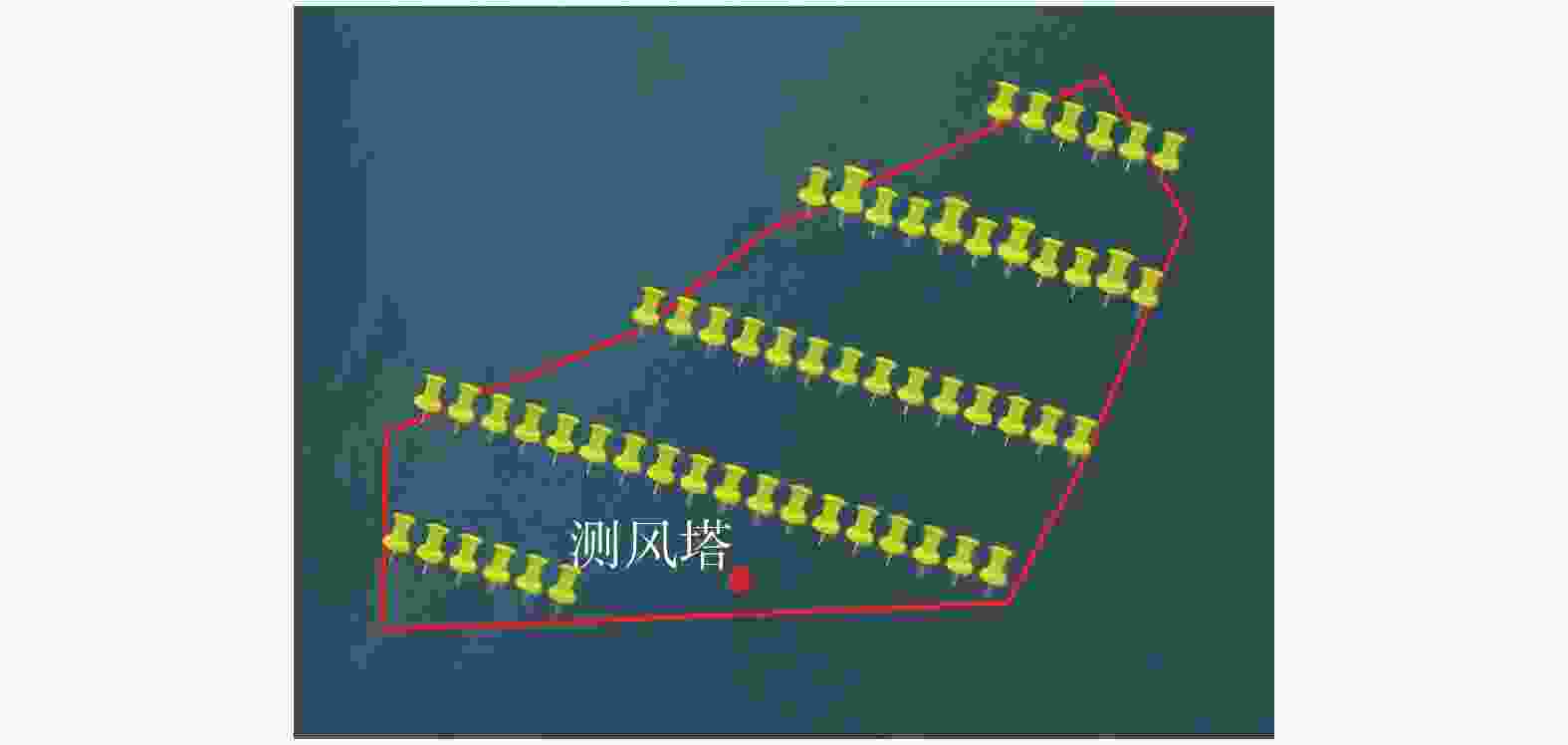
Figure 1. Location and arrangement of offshore wind farm in Guangdong and the location of anemometer tower
本文使用的气象数据主要为ERA5,SCADA数据和该风场建设前安装的测风塔所观测的数据。ERA5再分析数据是欧洲中期天气预报中心所发布的第五代全球再分析资料数据集,相较于上一代的资料集,ERA5同化了更多观测数据,空间分辨率提高到0.25°,时间分辨率到达1 h,增加了新的变量[16],在本文中驱动中尺度数值天气模型的数据的空间分辨率为0.25°,时间分辨率为3 h。
SCADA(Supervisory Control and Data Acquisition)系统数据,即数据采集与监视控制系统,安装于风电机组中便于监测机组运行和记录风场内风速风向的变化。该风场投入运营后,利用SCADA记录2022~2023年的测风数据,并且对各机位点处机舱高度的测风数据进行检验后,进行修正,排除冗余数据,得到55个机位的测风数据,本文主要使用2022年06月24日的SCADA数据。
测风塔数据主要源于场内的1座海上专用型测风塔,位于风电场址南部(如图1所示),高度为100 m,收录2019年01月至2020年01月的气象要素数据。
-
PALM(Parallelized Large-Edge Simulation Model)是由德国汉诺莱布尼兹大学开发的一款用于研究大气边界层区域内的湍流过程的大涡模拟模型,已经应用于各种大气边界层内的流场模拟超过15 a[17],并已经应用于大规模并行计算。
本文使用的是PALM最新版本,即PALM version 6.0[18],模式基于Boussinesq近似的非流体静力学,对经滤波处理后,不可压缩形式的Navier-Stokes方程进行求解。下面式(1)~式(5)的方程组经离散后,在笛卡尔网格上求解平均值,因此可以隐式地实现目标分辨率尺度和次网格尺度(Sub-Grid Scale, SGS)中湍流模式的分离,其中,次网格尺度的建立是基于Deardorff(1980)提出的方法[19]。
$$ \begin{split} &\dfrac{\partial {u}_{i}}{\partial t}=-\dfrac{\partial {u}_{i}{u}_{j}}{\partial {x}_{j}}-{\varepsilon }_{ijk}{f}_{i}{u}_{k}+{\varepsilon }_{i3j}{f}_{3}{u}_{{\mathrm{g}},j}-\dfrac{1}{{\rho }_{0}}\frac{\partial {\pi }^{*}}{\partial {x}_{i}}+\\&g\frac{{\theta }_{{\mathrm{v}}}-\left\langle {{\theta }_{{\mathrm{v}}}} \right\rangle}{\left\langle {{\theta }_{{\mathrm{v}}}} \right\rangle }{\delta }_{i3}-\dfrac{\partial }{\partial {x}_{j}}\left(\overline{{{u}_{i}^{''}}{u_{j}^{''}}}-\dfrac{2}{3}e{\delta }_{ij}\right) \end{split} $$ (1) $$ \dfrac{\partial {u}_{j}}{\partial {x}_{j}}=0 $$ (2) $$ \dfrac{\partial \theta }{\partial t}=-\dfrac{\partial {u}_{j}\theta }{\partial {x}_{j}}-\dfrac{\partial }{\partial {x}_{j}}\left(\overline{{u}_{j}^{''}{\theta }^{''}}\right)-\dfrac{{L}_{{\mathrm{v}}}}{{C}_{{\mathrm{p}}}\Pi }{\varPsi }_{{\mathrm{qv}}} $$ (3) $$ \dfrac{\partial {q}_{v}}{\partial t}=-\dfrac{\partial {u}_{j}{q}_{v}}{\partial {x}_{j}}-\dfrac{\partial }{\partial {x}_{j}}\left(\overline{{u}_{j}^{''}{q}_{{\mathrm{v}}}^{''}}\right)-{\varPsi }_{{\mathrm{qv}}} $$ (4) $$ \dfrac{\partial s}{\partial t}=-\dfrac{\partial {u}_{j}s}{\partial {x}_{j}}-\dfrac{\partial }{\partial {x}_{j}}\left(\overline{{u}_{j}^{''}{s}^{''}}\right)-{\varPsi }_{{\mathrm{s}}} $$ (5) 式中:
$ i\mathrm{、}j\mathrm{、}k $ ——维度下标号,可取$ \left\{1,\mathrm{ }2,\mathrm{ }3\right\} $;
$ {u}_{i} $ ——速度分量,$ {u}_{1}=u,{u}_{2}=v,{u}_{3}=w $,$ {x}_{i} ({x}_{1}= x, {x}_{2}=y,{x}_{3}=z) $;
$ t $ ——时间;
$ {f}_{i} $ ——不同纬度位置上的科氏力(地转偏向力);
$ {u}_{{\mathrm{g}},{k}} $ ——地转风分量(m/s);
$ {\rho }_{0} $ ——空气密度(kg/m3);
$ {\pi }^{*} $ ——订正后的气压扰动(hPa);
$ {p}^{*} $ ——气压扰动;
$ e $ ——次网格内的湍流能量(J)。
位势温度定义为:
$$ \theta =\dfrac{T}{\mathrm{\Pi }} $$ (6) $$ \mathrm{\Pi }={\left(\dfrac{p}{{p}_{0}}\right)}^{\tfrac{{R}_{{\mathrm{d}}}}{{C}_{{\mathrm{p}}}}} $$ (7) 式中:
$ {R}_{{\mathrm{d}}} $ ——干空气气体常数[J/(kg·K)];
$ \theta $ ——位势温度(K);
$ T $ ——温度(K);
$ p $ ——气压(hPa)。
应用在PALM中的风力发电机模型(Wind Turbine Model)是基于一般性圆盘模型(Actuator Disk Model, ADM)方法建模而成的,即将风力发电机抽象成具有一定厚度的圆盘,且由气流产生的阻力和动量作用在这个虚拟的圆盘上(如图2所示)。
-
本文将对关注的风电场区域采用中尺度数值天气WRF模型进行关注时间段内环境风场时空变化的模拟。WRF模式是美国大气研究中心、美国国家海洋和大气管理局以及天气预报系统实验室等研究机构和相关院校合作开发的高时空分辨率、考虑大气非静力平衡的中尺度数值天气模型[20]。本文使用的是WRF 4.2版本。
针对本文关注风电场的位置在WRF中模拟区域如图3所示。在研究区域内采用双重嵌套,最外层区域格点分辨率为9 km,最里面区域的格点分辨率为3 km。采用的物理参数化方案(表1)选用广东海域最优参数化方案[21],在边界层底部(离地300 m)的到海平面进行模式垂直方向上的细分,使得模式能再现到海上风电资源评估中需要关注的风场剖面变化和相关天气系统过程。选取Z风电场2022年6月24日12时~15时作为模拟时段,结合该风场的SCADA系统收集的数据进行评估和验证。
参数化方案 简称 微物理参数化方案 Milbrandt 2-mon 大气边界层方案 YSU-revised 近地层物理参数化方案 MM5 Monin-Obukhov 短波辐射方案 RRTMG 长波辐射方案 RRTMG Table 1. WRF parameterized schemes
-
PALM模式留有接入外部中尺度模式模拟结果的数据接口[18],该接口允许用户提供netCDF数据格式的动态驱动文件作为PALM的模式输入,该动态驱动文件包括大气边界层的气象强迫和由中尺度模式的模拟结果所提供的初始大气状态变量剖面。因此,WRFinPALM用于将输入的WRF模拟结果转换为能驱动PALM的动态输入(表2),程序结构如图4所示。
变量名 变量描述 Init_soil_t 初始土壤温度/K Init_soil_m 初始土壤湿度/(kg·kg−1) Init_atmosphere_x Pt ——位势温度/K Qv——绝对湿度/(kg·kg−1) U ——经度方向风速/(m·s−1) V ——纬度方向风速/(m·s−1) W ——垂直速度/(m·s−1) Ls_forcing_left_x 西边界条件 Ls_forcing_right_x 东边界条件 Ls_forcing_north_x 北边界条件 Ls_forcing_south_x 南边界条件 Ls_forcing_ug 径向地转风分量 Ls_forcing_vg 纬向地转风分量 Surface_forcing_surface_pressure 外部大尺度气压对表面的影响/Pa Table 2. PALM dynamic drive variable requirements
-
本文使用皮尔逊相关系数来描述模拟结果和风电场观测数据之间的相关性,公式如下:
$$ R=\dfrac{\dfrac{1}{N-1}\cdot \displaystyle \sum_{n=1}^{N}\left({{\mathrm{model}}}_{n}-\overline{{\mathrm{model}}}\right)\cdot \left({{\mathrm{ob}}}_{n}-\overline{{\mathrm{ob}}}\right)}{{\sigma }_{{\mathrm{model}}}\cdot {\sigma }_{{\mathrm{ob}}}} $$ (8) $$ {\mathrm{RMSE}}=\sqrt{\dfrac{\displaystyle \sum _{n=1}^{N}{\left({{\mathrm{ob}}}_{n}-{{\mathrm{model}}}_{n}\right)}^{2}}{N}} $$ (9) $$ {\mathrm{Bias}}=\dfrac{1}{N}\cdot \displaystyle \sum _{n=1}^{N}\left({{\mathrm{ob}}}_{n}-{{\mathrm{model}}}_{n}\right) $$ (10) 式中:
N ——关系观测样品数;
$ {{\mathrm{model}}}_{n} $ ——模式结果;
$ \overline{{\mathrm{model}}} $ ——模式均值;
$ {{\mathrm{ob}}}_{n} $ ——站点观测值;
$ \overline{{\mathrm{ob}}} $ ——观测均值;
$ {\sigma }_{{\mathrm{model}}} $ ——模式的标准差;
$ {\sigma }_{{\mathrm{ob}}} $ ——观测的标准差。
在评估模式模拟值和站点观测观测值之间的误差,本文使用均方根误差(RMSE)和偏差(Bias)2个统计量来评价模式与观测的平均接近程度,数值越小,表示模型模拟值越接近实际观测。
-
利用上文介绍的ERA5再分析资料、风电场内测风塔观测(100 m高度风速风向、相对湿度、气温,气压)和SCADA观测数据(轮毂高度处的风速风向),为检验WRF对环境风场的模拟能力,本文先基于WRF对目标风电场区域模拟2019年1月1日至2020年1月1日的环境风场变化,且与测风塔数据进行对比;其次,对2022年6月24日进行风电场区域的环境风场模拟,将模拟结果处理为PALM的动态输入文件,并且,调整PALM模式中风机的空间排布等参数与实际情况相符;最后,将模拟值与SCADA观测值进行检验与评估。
-
为了检验WRF在该风电场区域的模拟能力,本文选择了该风电场在项目调研阶段所使用的测风塔数据,时间范围涵盖了2019年10月1日至2020年1月1日,其参数化方案选择广东海域最优方案,再把模拟结果插值到测风塔高度(100 m)上,得到模拟值的风速风向时间序列与测风塔的观测值相比较,结果如图5和图6所示。
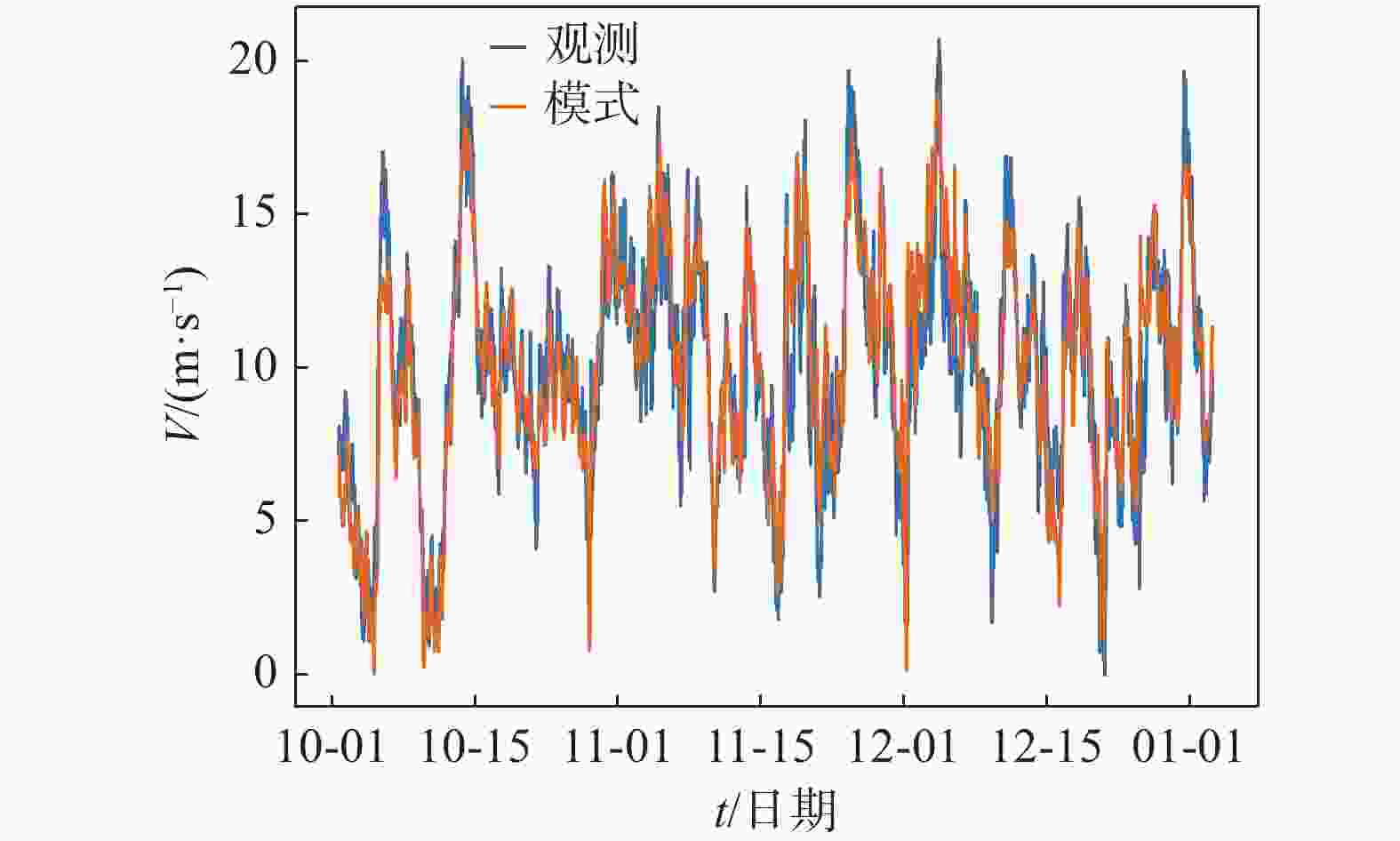
Figure 5. Comparison of wind speeds from WRF simulations and anemometer tower observations in 2019 to 2020
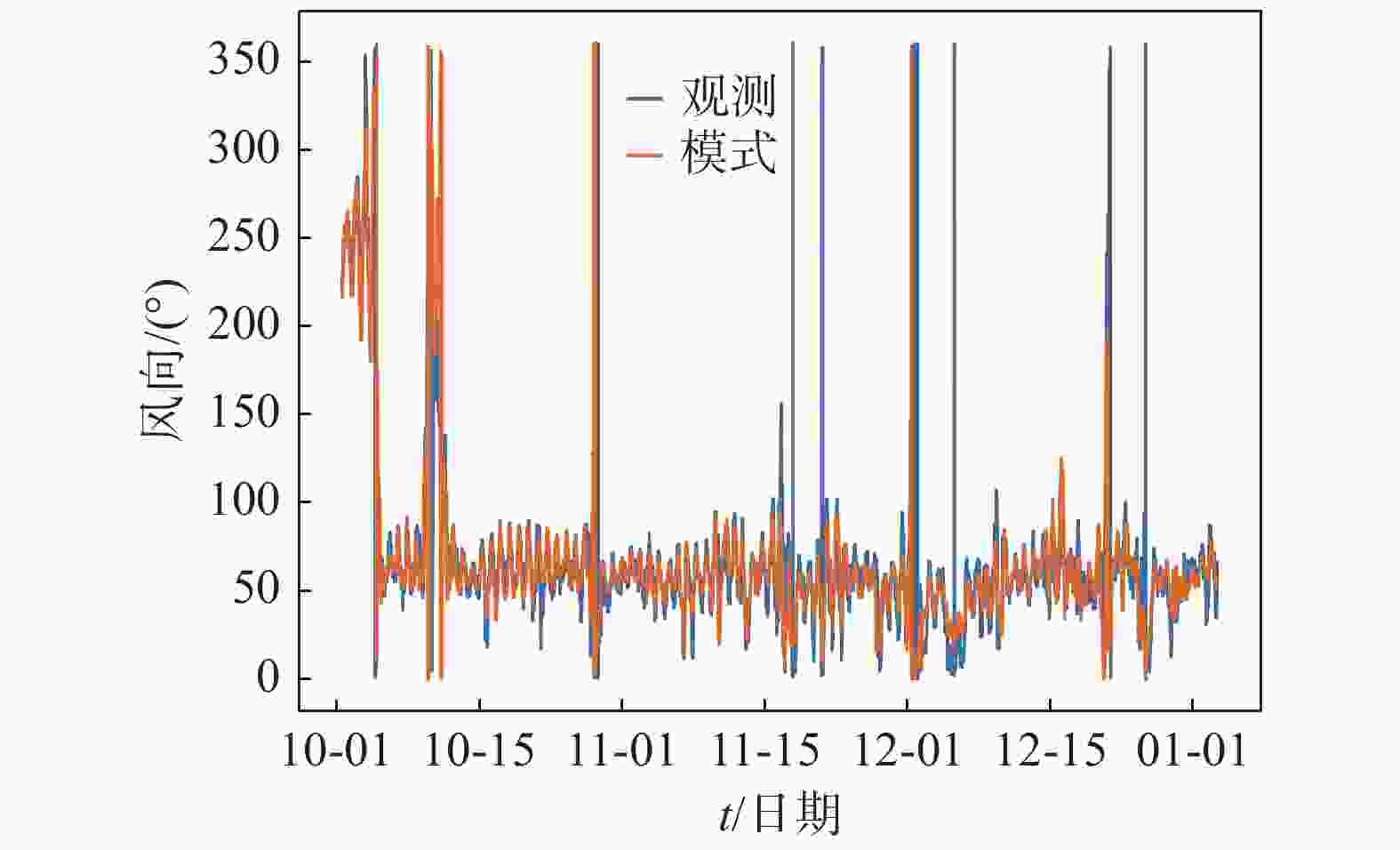
Figure 6. Comparison of wind direction from WRF simulations and anemometer tower observations in 2019 to 2020
对比结果表明,WRF模拟值与测风塔观测值的在风速和风向上出现高度一致的结果,在模拟时间段内,风速的模拟值与观测值的变化趋势相似,相关系数为0.9,且均方根误差为1.68 m/s;风向的模拟值变化与观测值的变化也一致,相关系数为0.8,均方根误差为37°。由上述的评估可以看出,在此区域内,使用高质量的气象数据来驱动最优的参数化方案配置的中尺度数值天气模型是可以复现该区域内的环境风场变化。
-
在不考虑风电场运行对环境风场影响的情况下,WRF是可以精准地重现目标区域环境风场的时空变化。当风电场建成落实使用后,风电场对环境风场所产生的影响是不能忽略的。风力发电机运行在大气边界层内,不可避免地受周围机组的尾流干扰中,使得风电场内的环境风场具有复杂多变的特点,而WRF作为中尺度模式,其模式本身设计的格点并不能捕捉到风电场内的亚公里尺度的物理过程,因此,模拟结果常常与风电场内SCADA数据误差过大(图7)。WRF的风速模拟值的变化趋势和误差都与SCADA观测值相差较远,平均相关系数为0.436 2,且均方根误差为3.147 6 m/s,代表在风电场时空尺度内,不考虑风电场运行对环境风场影响的中尺度数值天气模型WRF并不能模拟风电场中环境风场实际的变化。
-
虽然WRF不能刻画风电场时空尺度的环境风场变化,但是其模拟结果仍能代表风电场所在位置中的中尺度环境风场的变化情况,为了评估风电场对环境风场的影响,必须引入考虑风电机组运行对环境风场的影响的模型,因此,通过WRFinPALM创建具有风电场所处位置的中尺度气象要素变化信息的边界条件,来驱动考虑风电机组对环境风场影响的PALM模型,模拟时间段为2022年06月24日12时至2022年06月24日15时,时间分辨率为10 min,空间分辨率为10 m。
图8为PALM模式中与实际风电场中的风机排布,当动态驱动更新PALM模式的边界条件时,可以明显看出外部风场经风电机群的阻挡后形成的尾流,进而影响到位于风向下游的风电机组(图9),当外部风场持续流入风电场,在恒定流入的风场影响下,位于风电场右下角的风机由于受到上风向尾流的影响较小,产生的尾流形态完整且较短,但在左侧的风机由于受上游的尾流影响较大,下游风机所产生的尾流形状不完整且来流风速较小(图10)。
选取左侧风机位置处的SCADA数据与PALM模拟数据对比,图11中(a)~(c)为左侧风电机组中不同的风机SCADA观测值与PALM模拟值时间序列,应用了中尺度模式模拟结果的动态驱动数据的PALM模拟结果能较好地复现考虑了风电场影响的风场变化,其均方根误差分别为:1.26 m/s、2.06 m/s、1.63 m/s,PALM模拟值在变化趋势明显与SCADA观测值相一致。
-
中尺度数值天气模型是目前风电场处环境风场数值模拟的常用模型之一,其中,WRF是应用最为广泛的模型。但是,WRF作为中尺度模型,当应用于时空分辨率较高的,须考虑风电场运行影响的特定模拟问题时,会受到其物理参数化方案不完备,如缺乏考虑风电场影响等因素,最后导致模拟结果较差,而PALM虽然并没有官方支持WRF的模拟结果作为模式输入,但其原生设计上支持中尺度模型的模拟结果作为动态输入,且PALM模式内包含风力发电机的模型,因此其可以更为细致地考虑风电场时空尺度的风场变化。通过WRFinPALM,将WRF模拟结果转换为PALM能读取的具有中尺度气象信息的动态驱动数据,通过PALM对目标风电场位置的环境风场进行数值模拟,得到考虑大气边界层影响和风电场运行影响的环境风场变化结果。结论如下:
1)在不考虑风电场运行对环境风场影响的情况下,中尺度数值天气模型(WRF)是可以较为准确地再现目前区域内环境风场的时空变化。但当目标区域建成风电场后,由于受到风电场运行的影响,单一使用中尺度数值天气模型并不能准确地描述环境风场变化,需要更为完备的物理参数化方案。
2)本文提出了一种基于大涡模拟模型和中尺度天气模型的精细化风电场模拟方案,通过使用包含该区域的中尺度气象要素变化信息的数据,驱动考虑风电场对环境风场影响的PALM模型。该方案可以较为合理地描述实际风电场中的风场变化,为海上风电场项目在投标阶段,设计更佳的风电场机位排布方案,助力降本增效。
3)不同区域的风电场的气候和天气情况存在差异,目前的结果仅代表Z风电场项目的特征,后续可验证其他位置的风电场项目,进一步分析和总结。
随着海上风电逐渐向深远海推进,未来的风电场发展朝着风电机组大型化,风电场内多种机型搭配等方向发展。本文提出的风电场精细化模拟方案并不能考虑多种机型混合的风电场排布,并且目前仍处于离线耦合的方式,因此该风场精细化模拟方案智能应用于数值试验而不能推广到实时的环境风场预报中,并且模拟用时较长。未来将考虑引入深度学习等方式,解决上述的两个问题。
Refined Wind Simulation Based on Large Eddy Simulation and Mesoscale Numerical Weather Model
doi: 10.16516/j.ceec.2024.1.10
- Received Date: 2023-07-31
- Rev Recd Date: 2023-08-25
- Available Online: 2024-01-30
- Publish Date: 2024-01-10
-
Key words:
- mesoscale numerical weather model /
- large eddy simulation /
- wake effect /
- wind turbine /
- real time data
Abstract:
| Citation: | OU Minchao, WU Di, ZHANG Min. Refined wind simulation based on large eddy simulation and mesoscale numerical weather model [J]. Southern energy construction, 2024, 11(1): 96-104 doi: 10.16516/j.ceec.2024.1.10 |




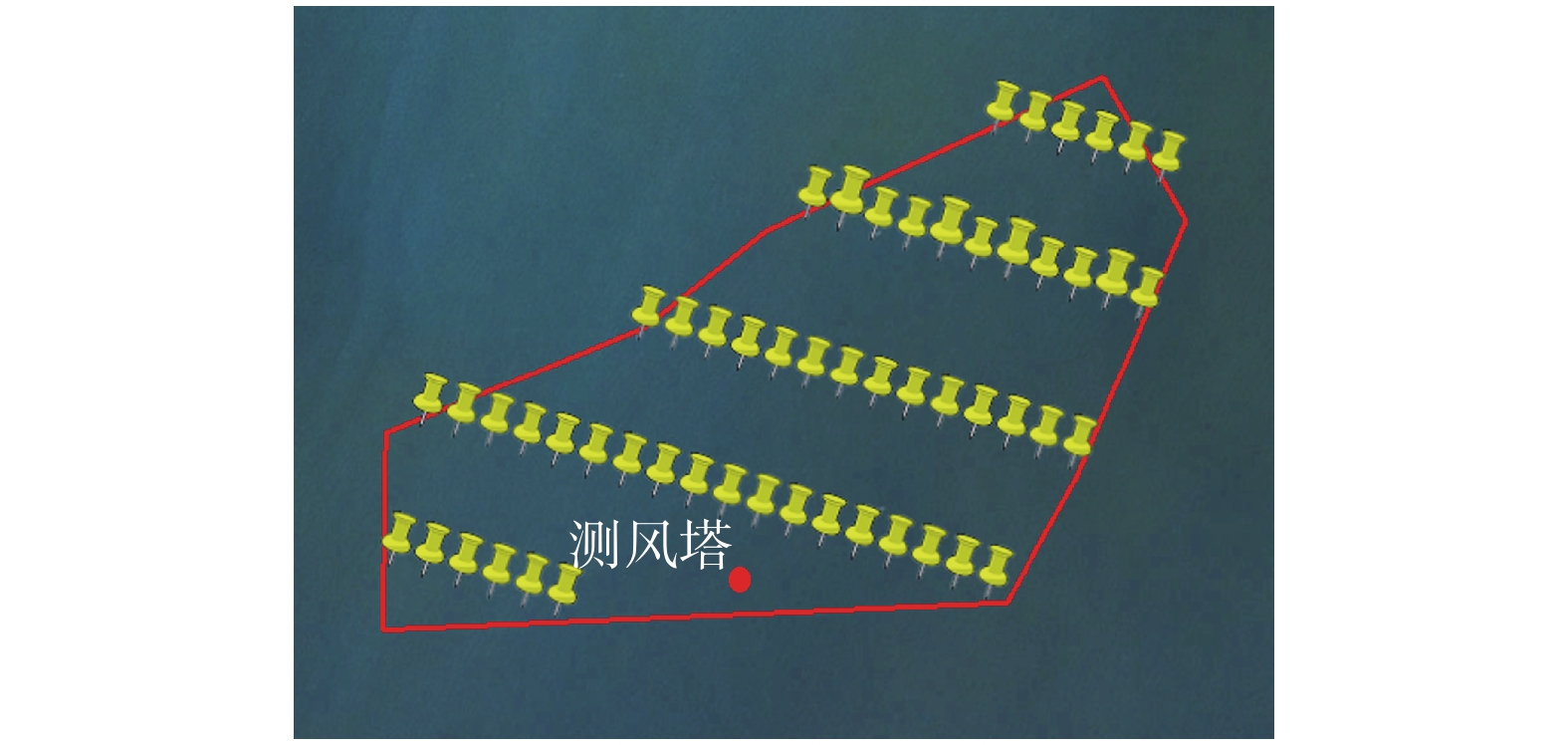

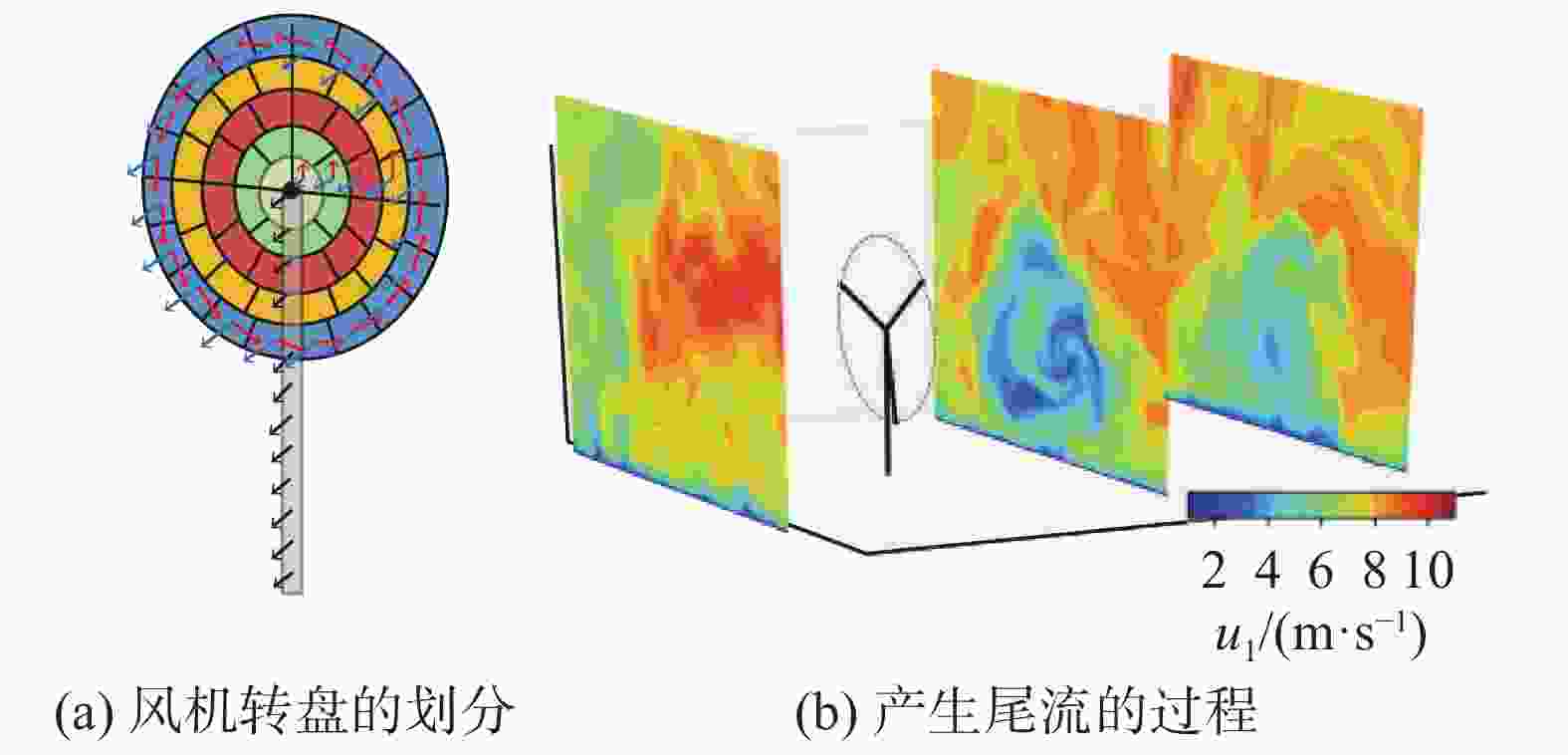
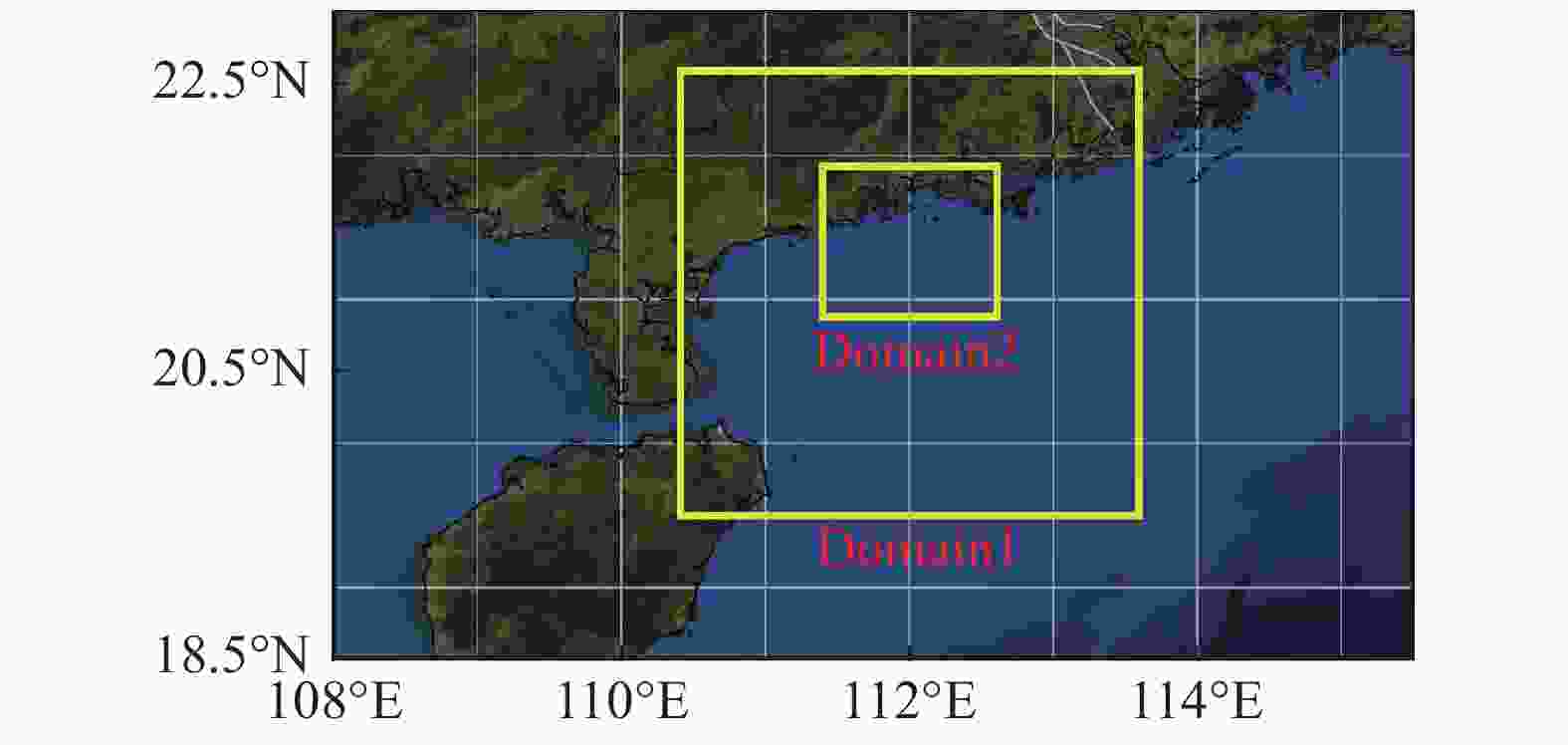
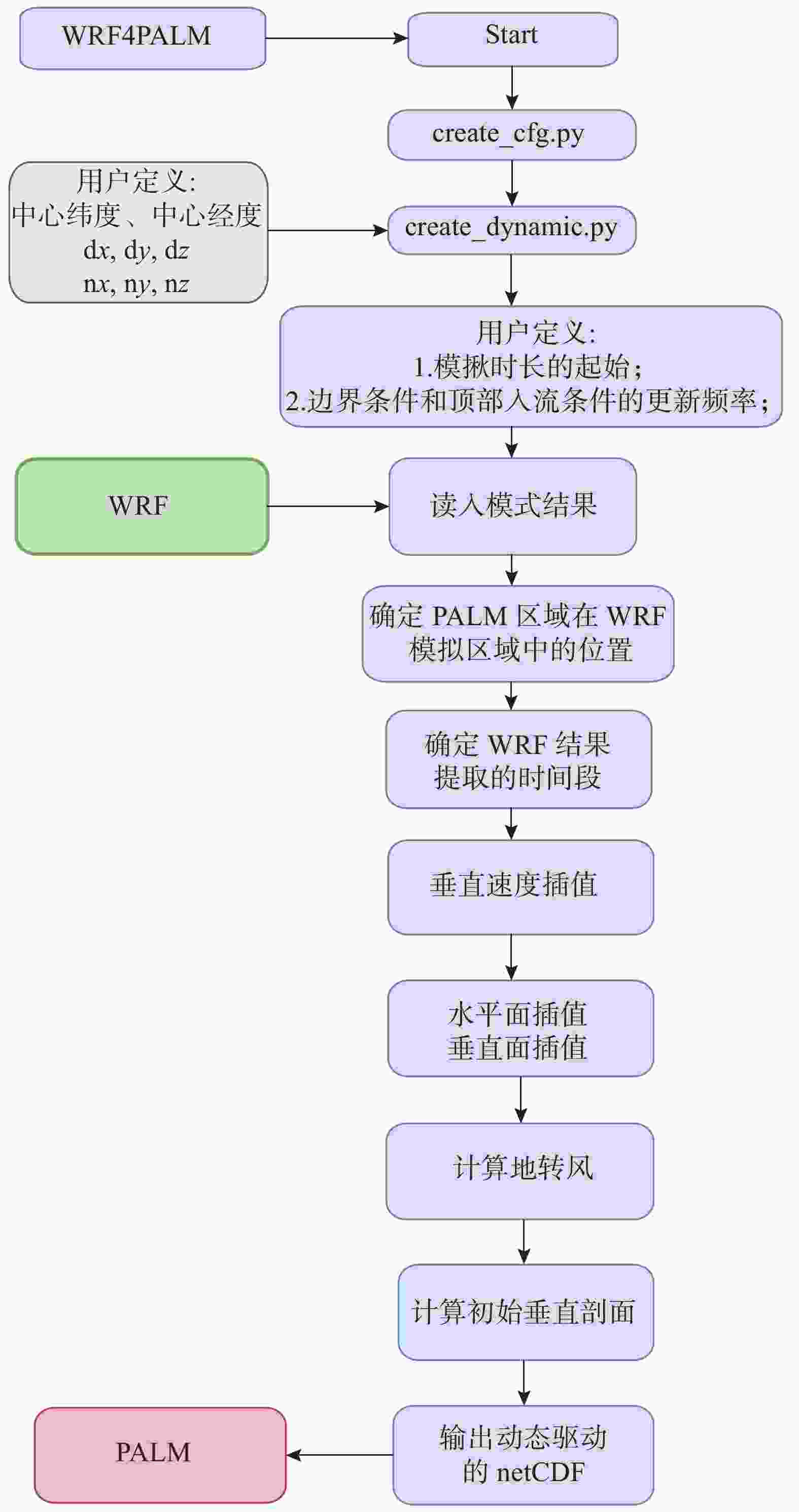


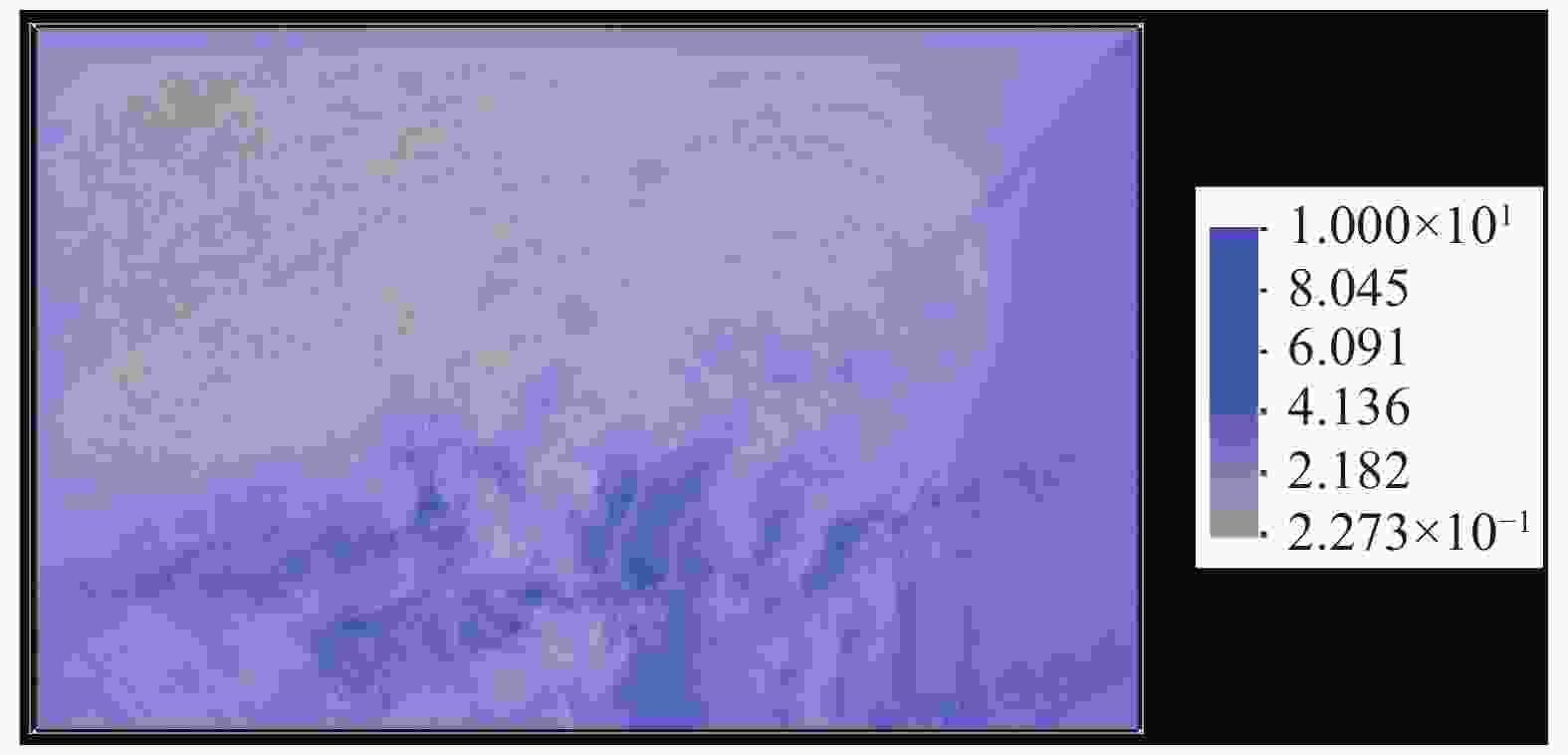
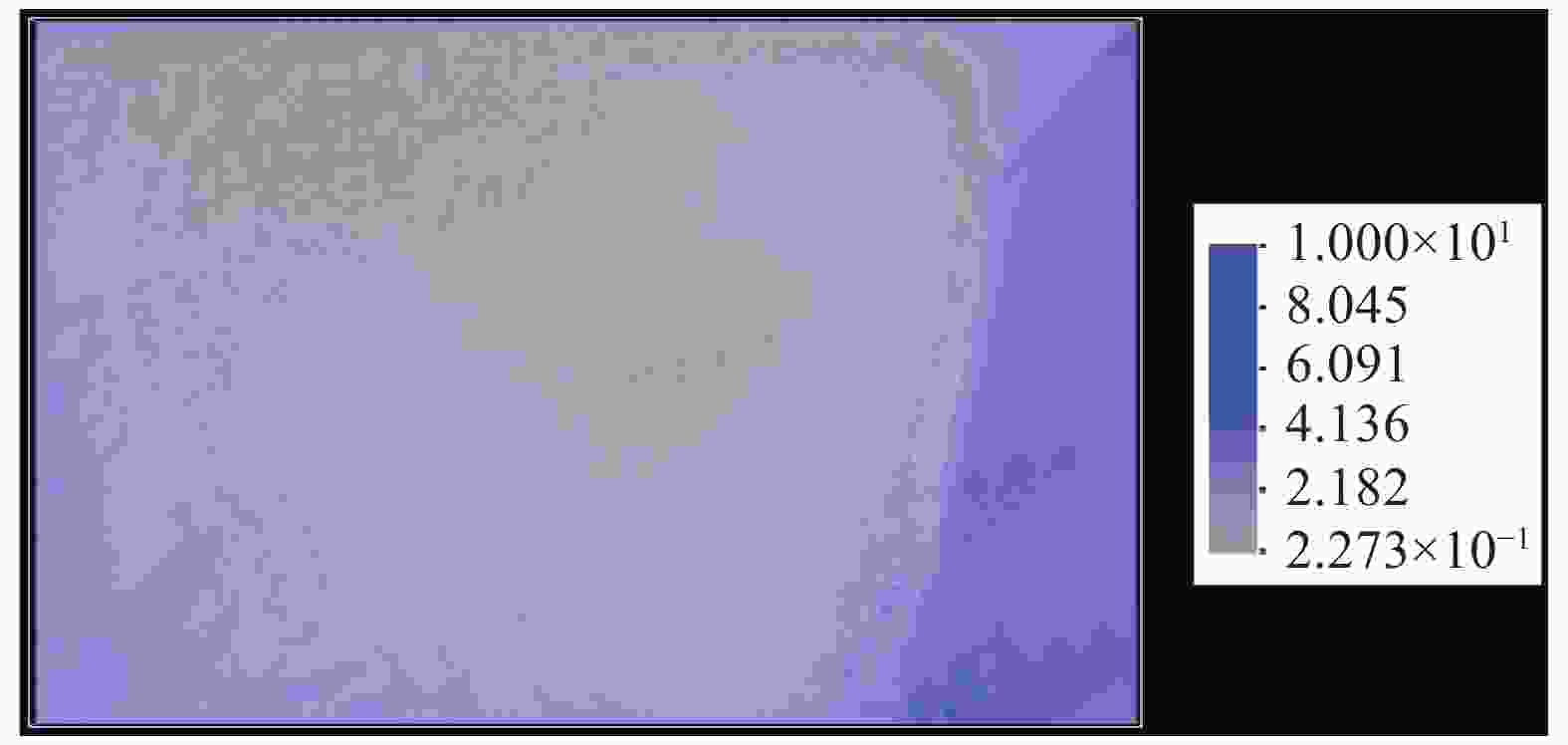
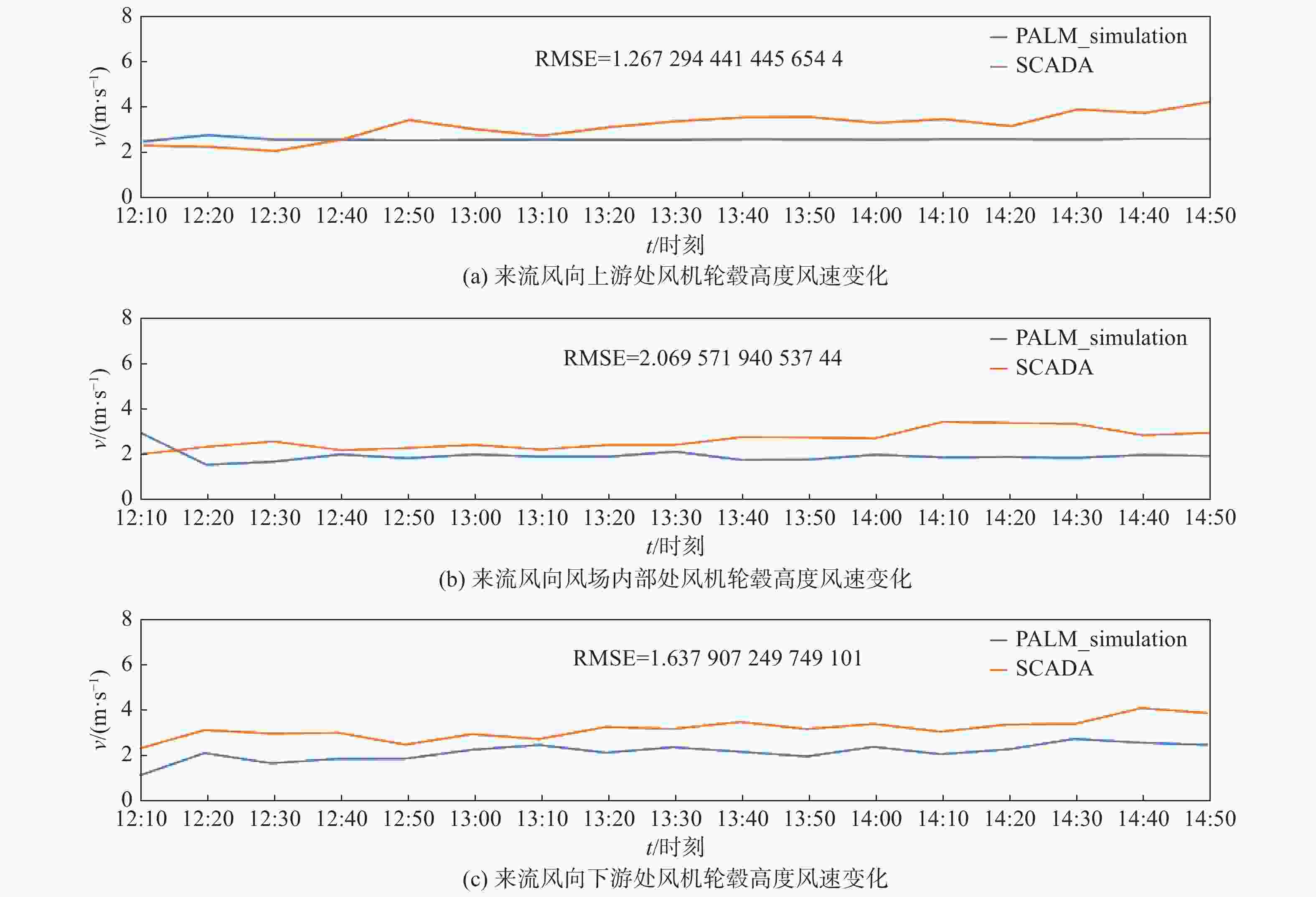

 DownLoad:
DownLoad:
